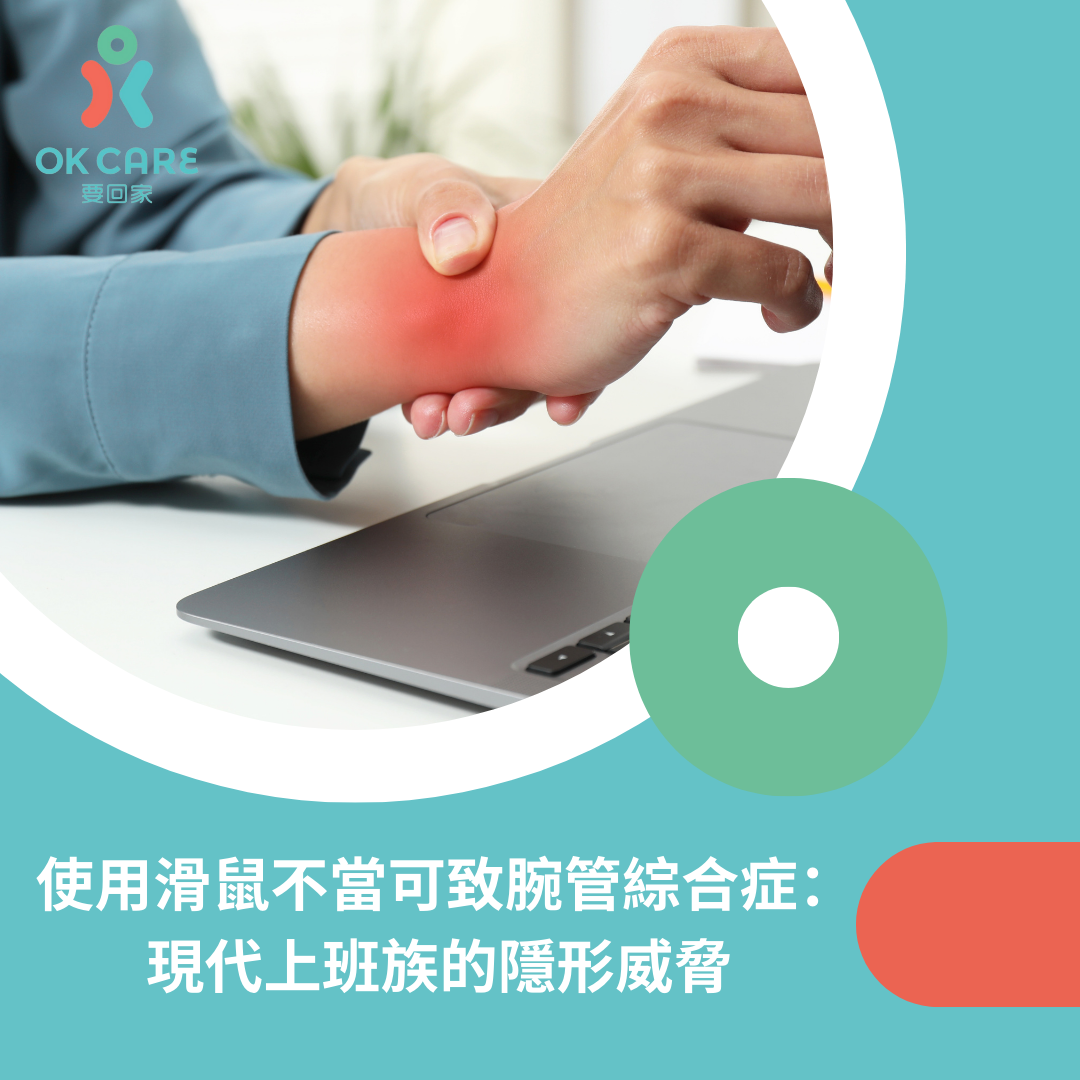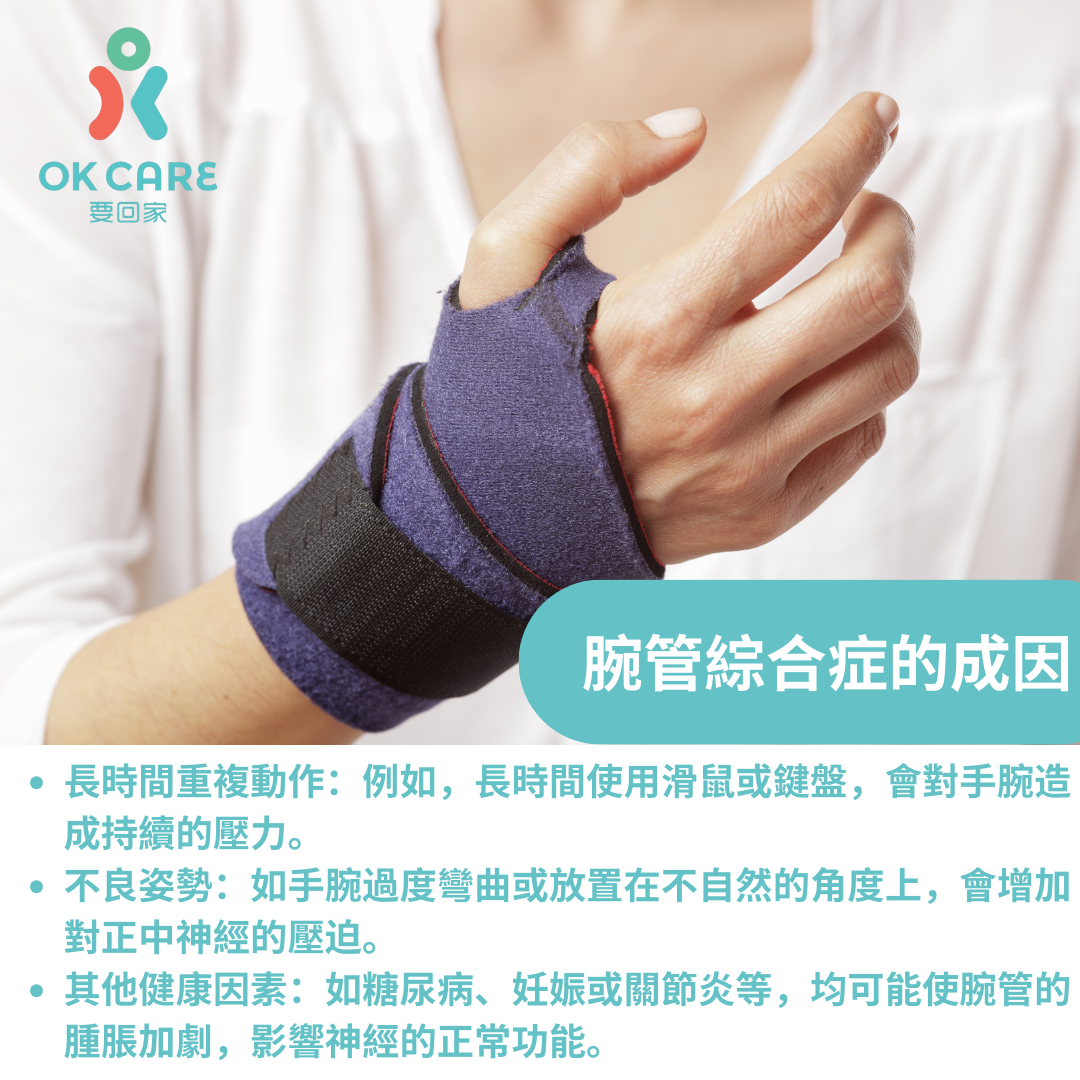【Popular Science News】Using the Mouse Incorrectly Can Lead to Carpal Tunnel Syndrome: An Invisible Threat for Modern Office Workers
Using the Mouse Incorrectly Can Lead to Carpal Tunnel Syndrome: An Invisible Threat for Modern Office Workers
In today’s workplace, using a mouse has become a daily routine for office workers. However, many individuals do not pay attention to the correct usage posture, which may lead to the occurrence of Carpal Tunnel Syndrome, causing wrist pain and numbness. According to medical research, using the mouse correctly can effectively prevent this issue. This article will introduce the causes, symptoms, and treatment exercises for Carpal Tunnel Syndrome, as well as provide some preventive tips for daily work.
Causes of Carpal Tunnel Syndrome
Carpal Tunnel Syndrome is primarily caused by prolonged repetitive motions that compress the median nerve. Specifically, the following factors can increase the risk of developing this condition:
- Prolonged Repetitive Motion: For example, long hours of using a mouse or keyboard can put continuous pressure on the wrist.
- Poor Posture: Such as excessive bending of the wrist or placing it at unnatural angles, which increases pressure on the median nerve.
- Other Health Factors: Conditions like diabetes, pregnancy, or arthritis can exacerbate swelling in the carpal tunnel, affecting the normal function of the nerve.
Symptoms and Impact
The main symptoms of Carpal Tunnel Syndrome include:
- Numbness and Tingling in the Wrist and Fingers: This sensation often worsens at night, affecting sleep quality.
- Long-term Neglect May Lead to: Muscle atrophy and decreased hand function, impacting daily life and work efficiency.
These symptoms not only affect work performance but can also influence mood and quality of life. Therefore, early identification and treatment are crucial.
Prevention and Treatment Exercises
To prevent Carpal Tunnel Syndrome, it is essential to regularly perform wrist and hand stretching exercises. Here are a few simple exercises you can do during work breaks:
- Wrist Stretch: Extend your arm, press your palm downward, and hold for 20 seconds. Repeat 5 times. This action helps relax the muscles and ligaments of the wrist.
- Fist Exercise: Tighten your fist for 5 seconds, then open it. Repeat 10 times. This promotes blood circulation and reduces hand fatigue.
- Nerve Gliding: Extend your arm, point your fingers towards the ground, and slowly bend your wrist. Repeat 10 times. This exercise aims to relieve pressure on the median nerve.
Preventing Strain in Daily Work
During house cleaning, many individuals often suffer from acute muscle strain due to overexertion and poor posture. Cleaning the kitchen, bathroom, floors, and linens are high-risk activities that can easily lead to muscle strain. Here are some tips to help reduce fatigue and the risk of injury:
- Use Assistive Tools: Utilize appropriate cleaning tools and avoid overextending the body to maintain correct posture.
- Control Work Time: Limit cleaning sessions to no more than 45 minutes, with a maximum of three sessions per day to avoid overexertion.
- Stretch After Cleaning: Perform simple stretching exercises after cleaning to help relax the muscles and reduce fatigue.
Treatment Suggestions
For those already experiencing symptoms, the following methods can serve as adjunctive treatment:
- Heat or Cold Therapy: This can help reduce swelling and pain while promoting blood circulation.
- Water Exercises: Activities like swimming or gentle exercises in water can reduce pressure on the joints.
Conclusion
Carpal Tunnel Syndrome is an invisible threat faced by modern office workers. Correctly using the mouse and maintaining good posture are key to prevention. Regular stretching exercises, controlling work time, and appropriate treatment methods can effectively reduce pain and discomfort. By maintaining a healthy lifestyle, we can enjoy a comfortable life even in the midst of a busy work schedule!













